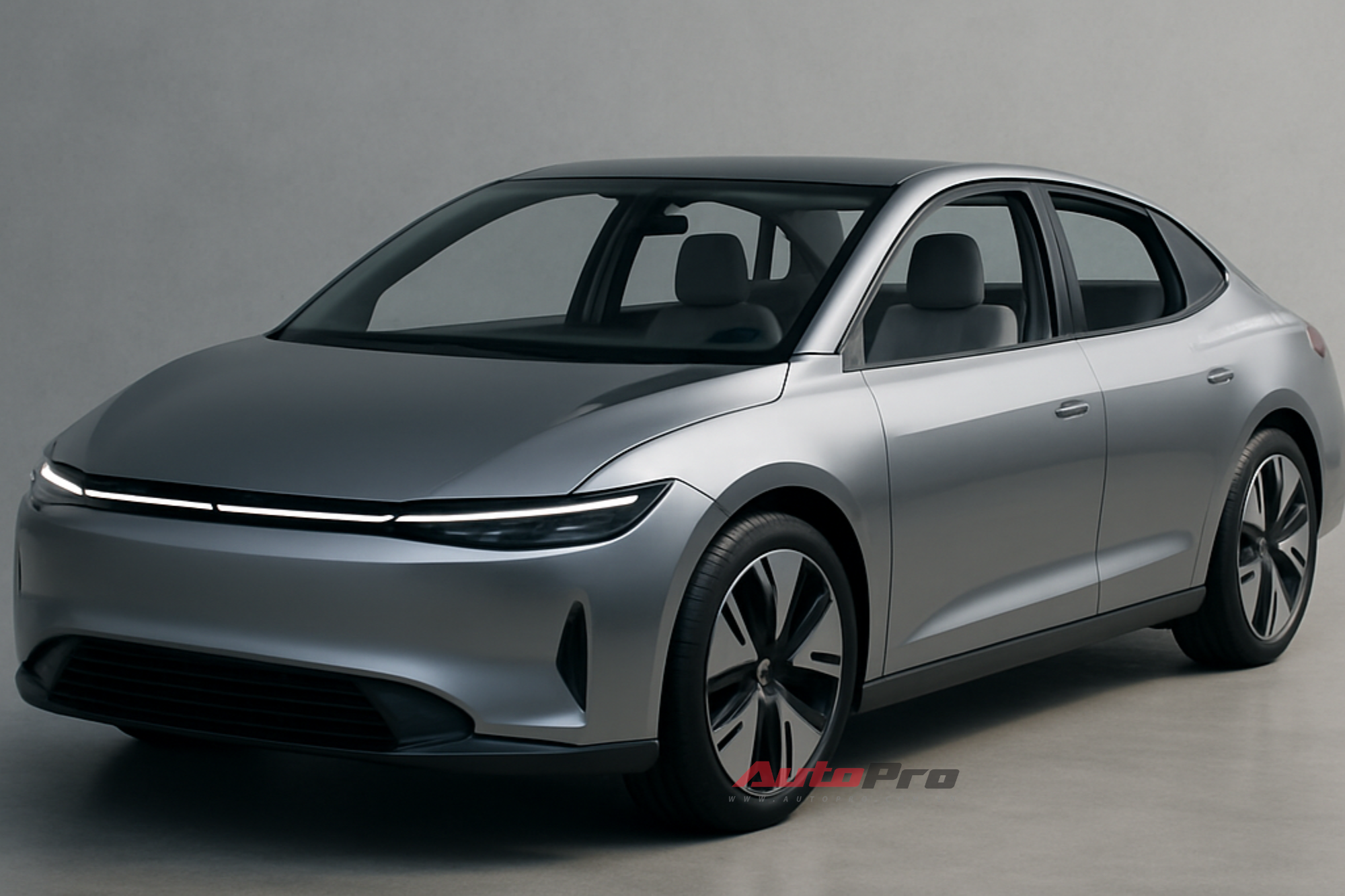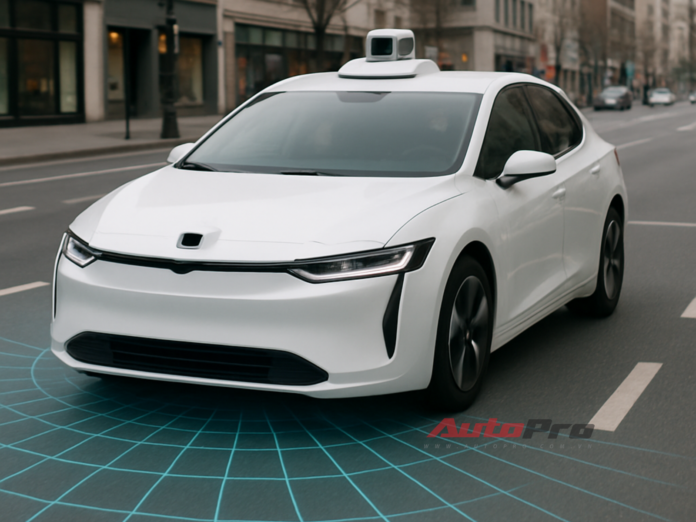While autonomous vehicles are expected to save countless lives, many companies have abandoned projects after years of development, partly due to lengthy and cumbersome approval processes. The administration of former President Trump aimed to address this through the NHTSA (National Highway Traffic Safety Administration). The agency announced plans to reorganize the Part 555 exemption process to “facilitate the safe development of autonomous vehicles.”

US government is promoting the development of autonomous vehicles. AI-generated image
US Secretary of Transportation, Sean Duffy, remarked, “The Part 555 exemption process has been criticized for taking years, miring developers in unnecessary red tape and failing to keep pace with the latest technologies.” He seemed to allude to the case of the Cruise Origin project, which was discontinued last year.
In fact, the Cruise Origin project had applied for a temporary exemption from six safety standards to the NHTSA as early as February 17, 2022. GM argued that this self-driving model did not need to comply with certain rules due to its unique design and performance. For instance, GM contended that the Cruise Origin, being a fully automated vehicle, did not require rearview mirrors or a digital display. However, despite these seemingly reasonable arguments, Cruise had to endure a lengthy wait.

Self-driving cars will eliminate the need for rearview mirrors and steering wheels. AI-generated image
In a letter to stakeholders, NHTSA acknowledged that the current method is designed for traditional vehicles and is “ill-suited to handle in a timely manner exemption petitions involving autonomous vehicles or to oversee the complex issues associated with their operation.” The government has focused on areas that “particularly prolong review times” to address this issue. Among the changes are more detailed registration guidelines and “a more flexible and dynamic approach to evaluating and overseeing exemptions for vehicles equipped with ADS.”
With these changes, manufacturers can sell up to 2,500 vehicles per year that do not fully comply with the Federal Motor Vehicle Safety Standards. This includes vehicles without steering wheels, driver-operated brakes, or traditional rearview mirrors. However, companies “must demonstrate that their vehicles provide an equivalent level of safety to those that comply and that the exemption is in the public interest.”

A sketch of a vehicle without a steering wheel and rearview mirrors. AI-generated image
Peter Simshauser, NHTSA’s Senior Advisor, believes that these changes will “foster innovation by supporting the commercial deployment of specialized automated vehicles that can meet safety requirements.” He added that the government is working to “modernize” safety standards for autonomous vehicles, and exemptions will play a crucial role in the coming years.
The Tech-Savvy CEO: Crafting Cutting-Edge Software for the Automotive Industry
Recently, Vu Tuan Manh, Director of Production at FPT Automotive, FPT Software, appeared on the FPT Corporation’s ‘Tra Nghe 2’ podcast series. In this insightful episode, Manh delved into the fascinating world of automotive software development, offering a behind-the-scenes look at the challenges and opportunities in this evolving industry.
“Cam Lo – La Son Route Falls Short of Being a Highway”
The tragic traffic accident on the Cam Lo-La Son highway in Thua Thien-Hue province that resulted in the heartbreaking deaths of a family is an immensely sorrowful incident. In addition to the awareness and skills of the road users, there is a pressing need to reevaluate and reform the mindset regarding the planning, design, investment, and management of the current highway infrastructure.





















